Fenchel heisst auf italienisch Finocchio, und weil diese klangvolle Vokabel in meinen Ohren den Geschmack dieser weltweit verbreiteten Gemüse-, Gewürz- und Heilpflanze phonetisch am besten beschreibt, heisst fermentierter Fenchel auch bei mir so. Funky Finocchio.
All parts of the fennel are used in Italian cooking, and the fennel greens add that extra bit of flavor in this recipe as well.
Fermented fennel is highly aromatic
Fennel polarizes because it combines so many different aromas. Responsible for the characteristic taste, smell and healing properties are essential oils.
Trans-anethole and estragole resemble licorice and anise, the bitter taste of fenchone can be compared to mint and camphor, limonene speaks for itself and 1-octen-3-ol provides a flavor that is attributed to mushrooms. On the human body fennel has a refreshing effect.
Fennel is a popular medicinal plant
For thousands of years, the use of fennel has also been widely used in medicine in many parts of the world.
In Deutschland gehört Fenchel wegen seiner milden Wirkung zu den Heilpflanzen, die schon im Säuglingsalter angewandt werden. Tee aus Fenchelsamen wird nachgesagt, dass er Blähungen lindern soll. Auch das traditionelle Hausmittel Fenchelhonig gegen Husten und Heiserkeit kenne ich selber seit frühester Kindheit.
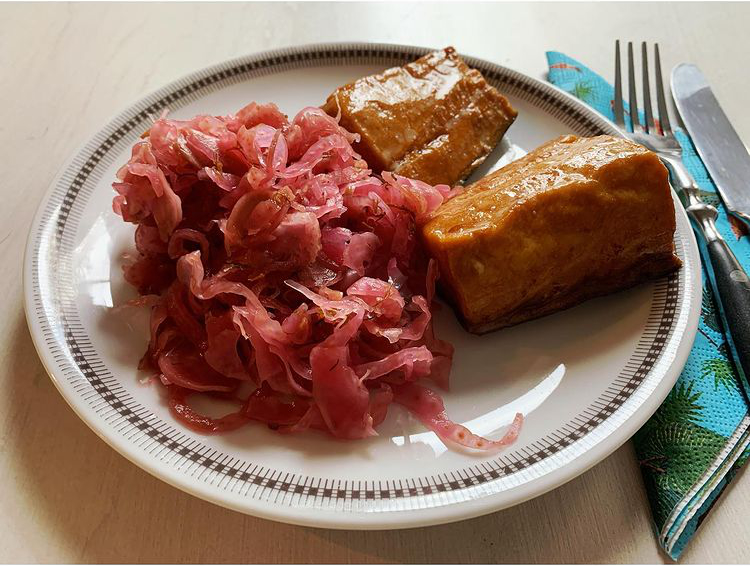
Fermented fennel with beet and dill is a special delicacy and goes very well with smoked fish and Mediterranean cuisine. I give five stars for this delight!
Even more fabulous fennel ferments
Fermented Fennel with peppers
Difficulty: easyThis ferment is a fruity and spicy hit from fennel with two kinds of fresh peppers, mild and spicy. Not one summer party without it!
Fruity fermented fennel relish
Difficulty: easyThis fruity, fermented fennel relish is especially good as a condiment for barbecues. A true summer delight!
Fiery fennel relish
Difficulty: easyFiery and fruity with just the right touch of lemon. A perfect complement to the barbecue!
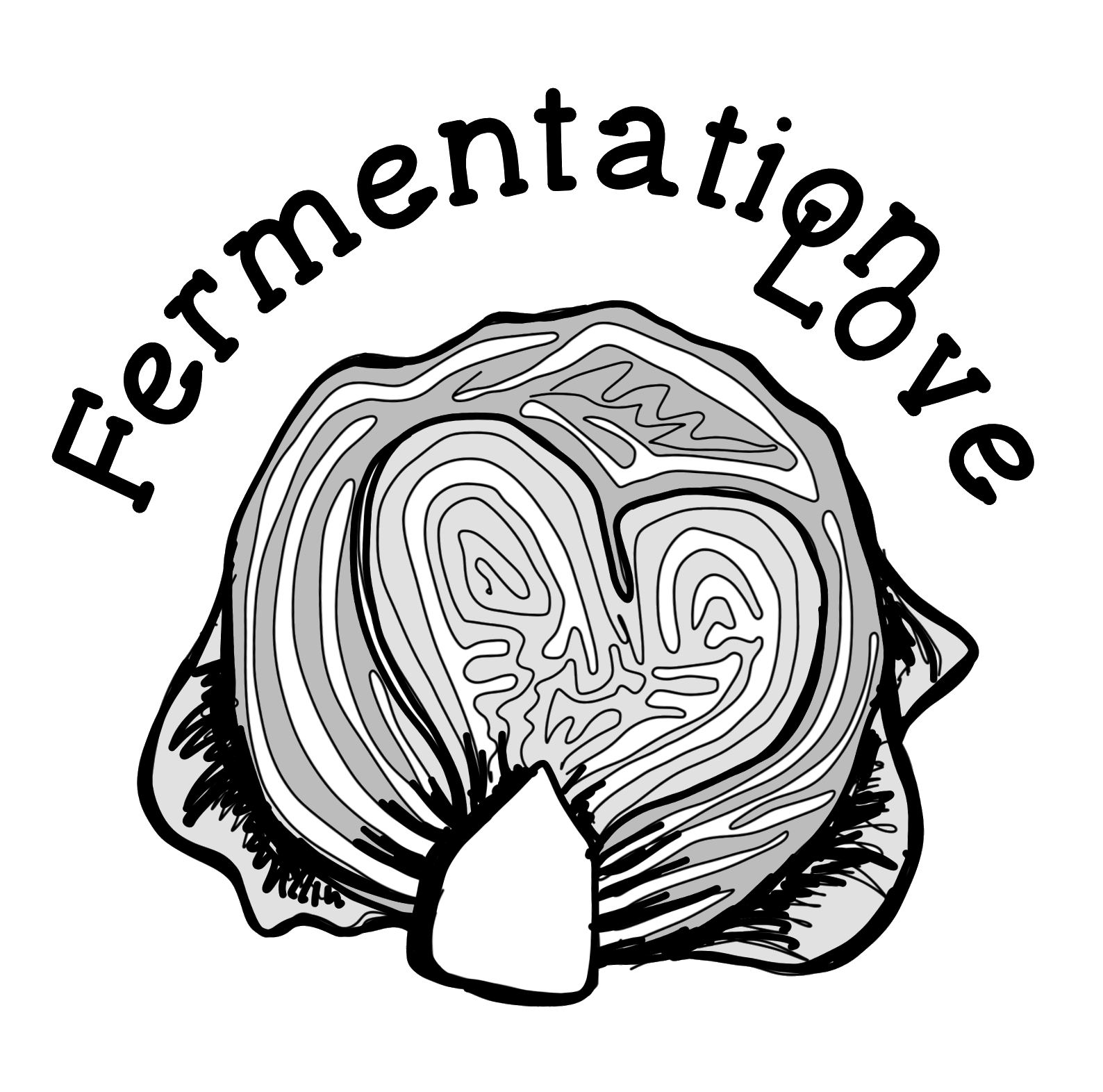
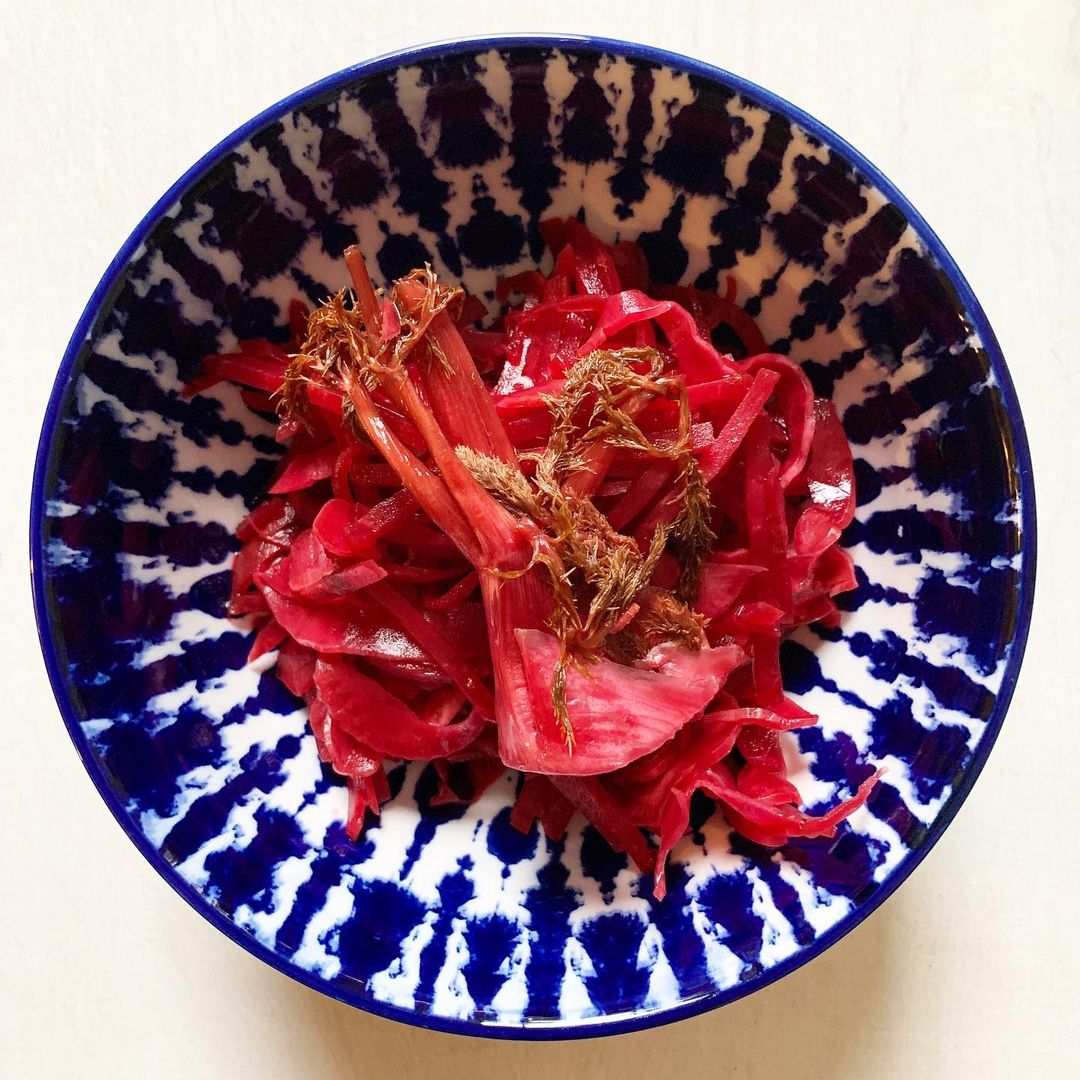
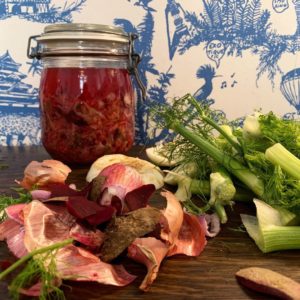
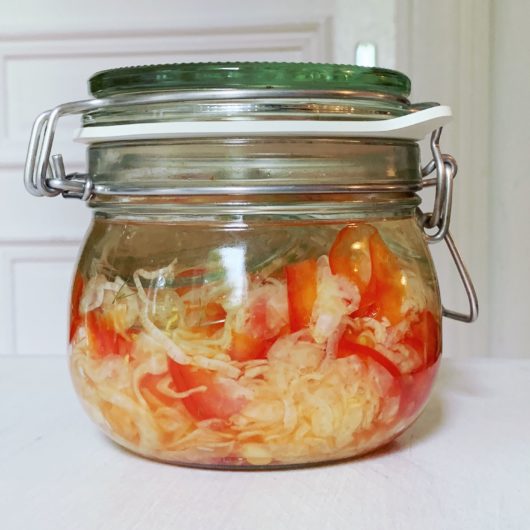
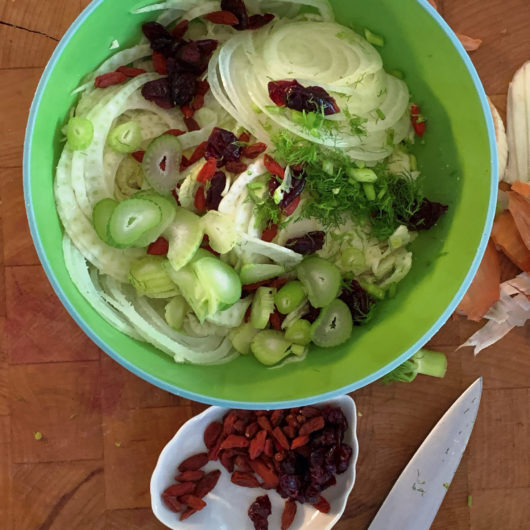
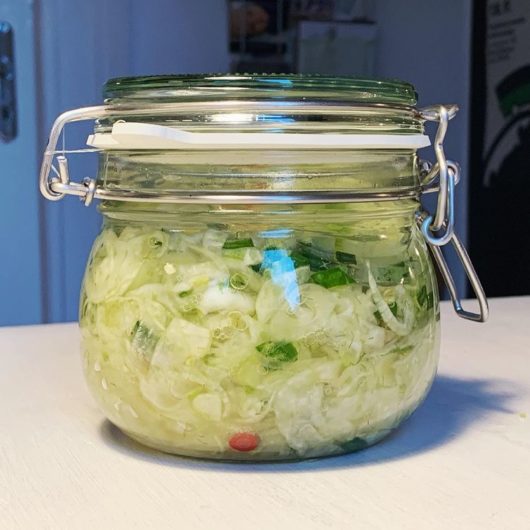
Wann kann ich die Gewichte aus den Gläsern herausnehmen, bitte? Mfg
Hej Martina,
wenn Du Dein Ferment essen willst, öffnest Du es und nimmst die Gewichte raus. Drücke nach Entnahme den Rest wieder unter die Lake und lagere es bei 8-10°C.
Bon appétit!
Katsu